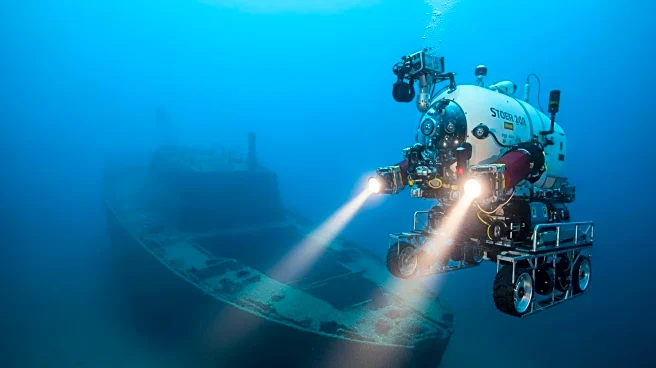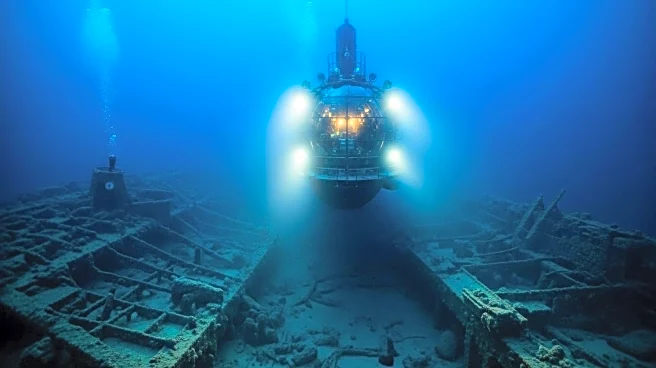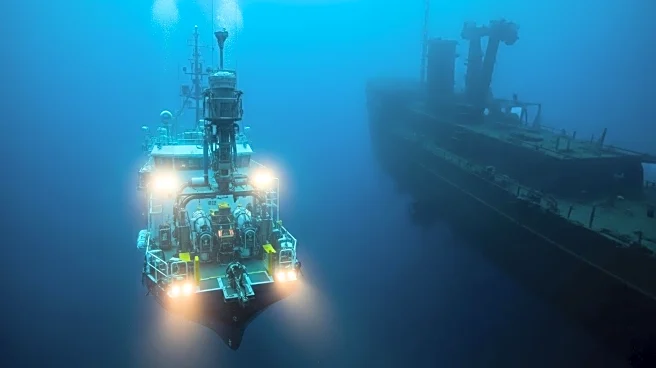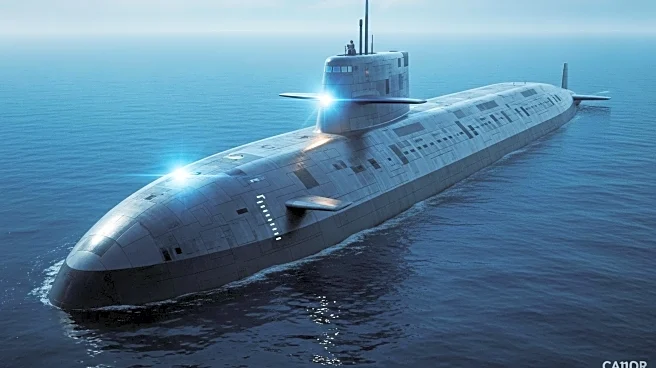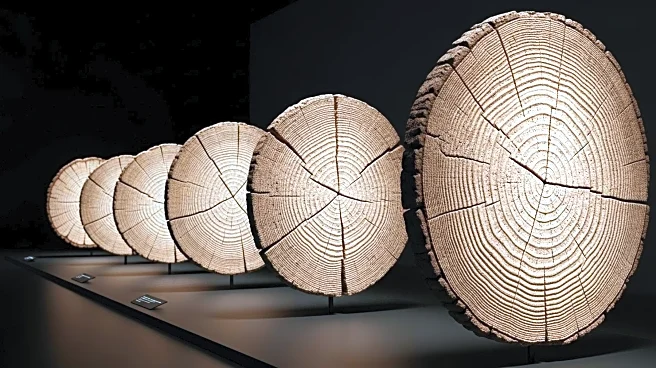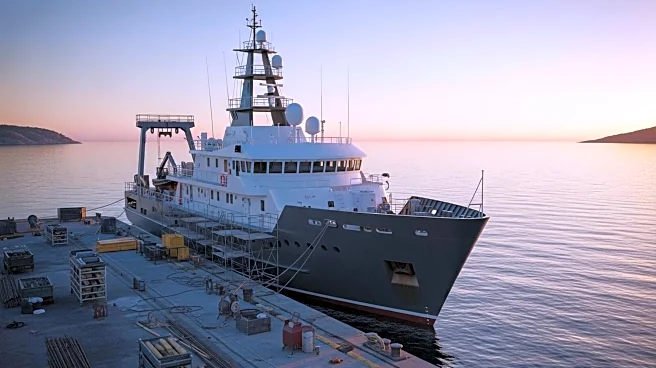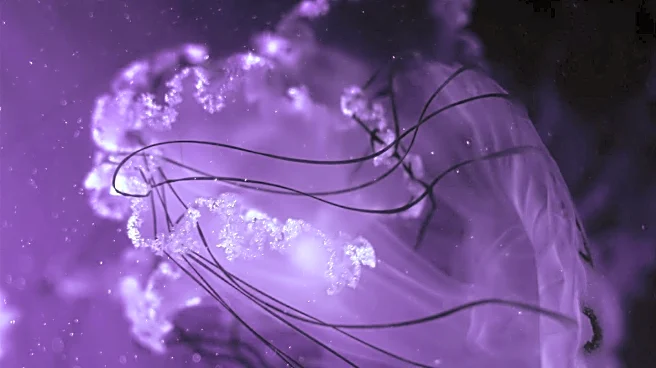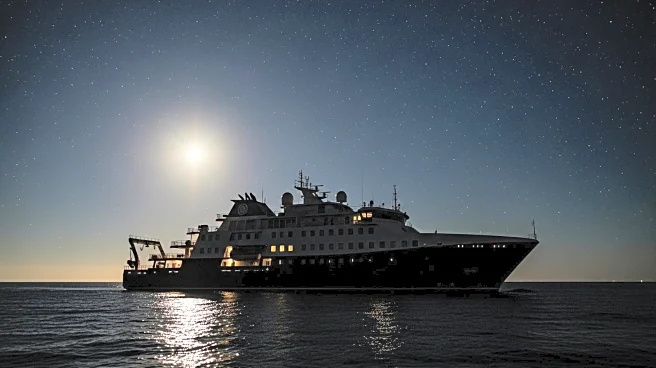What's Happening?
Bob Ballard, renowned for discovering the Titanic wreck in 1985, remains active in ocean exploration. His initial search for the Titanic was part of a covert military operation supported by the US Navy, which aimed to investigate sunken nuclear submarines. Ballard's innovative strategy focused on identifying the debris field, leading to the successful discovery of the Titanic. This approach has since influenced deep-sea exploration techniques, contributing to significant scientific advancements.
Why It's Important?
Ballard's discovery of the Titanic transformed public interest in ocean exploration and advanced scientific methodologies. The technology developed for this mission has facilitated further discoveries, such as hydrothermal vents, and has expanded knowledge of marine ecosystems. Ballard's work underscores the importance of strategic thinking in scientific exploration and highlights the role of technology in uncovering historical and environmental insights.
What's Next?
Ballard continues to lead expeditions, focusing on mapping World War II wrecks and developing autonomous underwater vehicles. His efforts aim to increase the mapped areas of the seafloor and explore the ocean's twilight zone, which is crucial for understanding climate dynamics. The advancement of remote exploration technologies promises to enhance scientific research and conservation efforts in marine environments.
Beyond the Headlines
The discovery of the Titanic introduced the term 'rusticles' to describe rust formations on the wreck. Ballard's advocacy for preserving the site reflects broader concerns about underwater cultural heritage conservation. The event also sparked ethical discussions about the commercialization of shipwreck exploration and the balance between scientific research and tourism.
